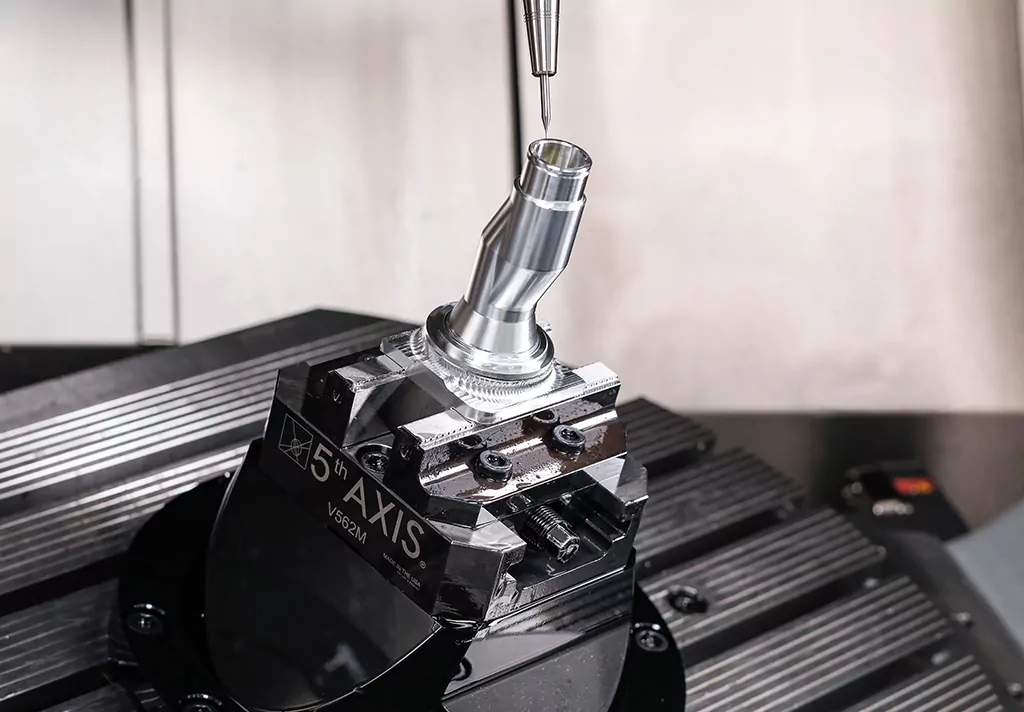When it comes to precision engineering and manufacturing, the incorporation of 5 Axis CNC Machining strategies has revolutionized the industry. This advanced technology offers a wide array of benefits that can significantly enhance the efficiency, accuracy, and versatility of manufacturing processes. In this article, we will delve into the various advantages of integrating 5 Axis CNC Machining strategies in industry, shedding light on the transformative impact it has on production capabilities.

Enhanced Flexibility and Complexity
One of the key advantages of 5 Axis CNC Machining is its ability to tackle complex geometries and intricate designs with unparalleled precision. Traditional 3-axis machining is limited in its capacity to maneuver around a part, often requiring multiple setups to achieve the desired outcome. However, with 5 Axis CNC Machining, the cutting tool can access the part from all angles, allowing for the production of highly intricate and sophisticated components in a single setup. This level of flexibility opens up a world of possibilities for manufacturers, enabling them to take on projects that were previously deemed too intricate or challenging.
Improved Efficiency and Reduced Set-Up Time
Another significant benefit of 5 Axis CNC Machining is the reduction in set-up time and increased efficiency in the manufacturing process. With the ability to access multiple sides of a workpiece in a single setup, the need for repositioning and re-fixturing is minimized, leading to a streamlined production workflow. This not only saves time but also reduces the margin for error, as the part remains stationary throughout the machining process. As a result, manufacturers can achieve higher throughput and faster turnaround times, ultimately enhancing their overall productivity and competitiveness in the market.
Cost-Effective Production and Waste Reduction
5 Axis CNC Machining also offers cost-effective solutions for production, particularly in the realm of waste reduction. By optimizing the cutting paths and tool angles, manufacturers can minimize material wastage and maximize the utilization of raw materials. This not only contributes to a more sustainable approach to manufacturing but also leads to significant cost savings in the long run. Additionally, the ability to consolidate multiple operations into a single setup reduces the need for additional tooling and fixtures, further driving down production costs and enhancing the overall economic viability of manufacturing processes.
High-Quality Surface Finishes and Accuracy
When it comes to achieving superior surface finishes and dimensional accuracy, 5 Axis CNC Machining reigns supreme. The multi-directional cutting capabilities of 5 Axis machines enable the production of parts with exceptionally smooth surfaces and precise geometries. This is particularly advantageous in industries such as aerospace, automotive, and medical, where the quality and precision of components are of utmost importance. By leveraging the advanced capabilities of 5 Axis CNC Machining, manufacturers can deliver high-quality parts that meet the most stringent standards and specifications, thereby enhancing their reputation and customer satisfaction.
In conclusion, the incorporation of 5 Axis CNC Machining strategies in industry John Martinez offers a myriad of benefits that can elevate manufacturing processes to new heights. From enhanced flexibility and efficiency to cost-effective production and high-quality finishes, the impact of 5 Axis CNC Machining is undeniable. As technology continues to advance, it is imperative for manufacturers to embrace these innovative strategies to stay ahead of the curve and meet the evolving demands of the market.



